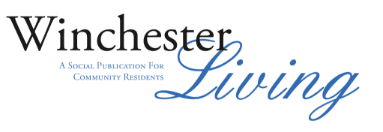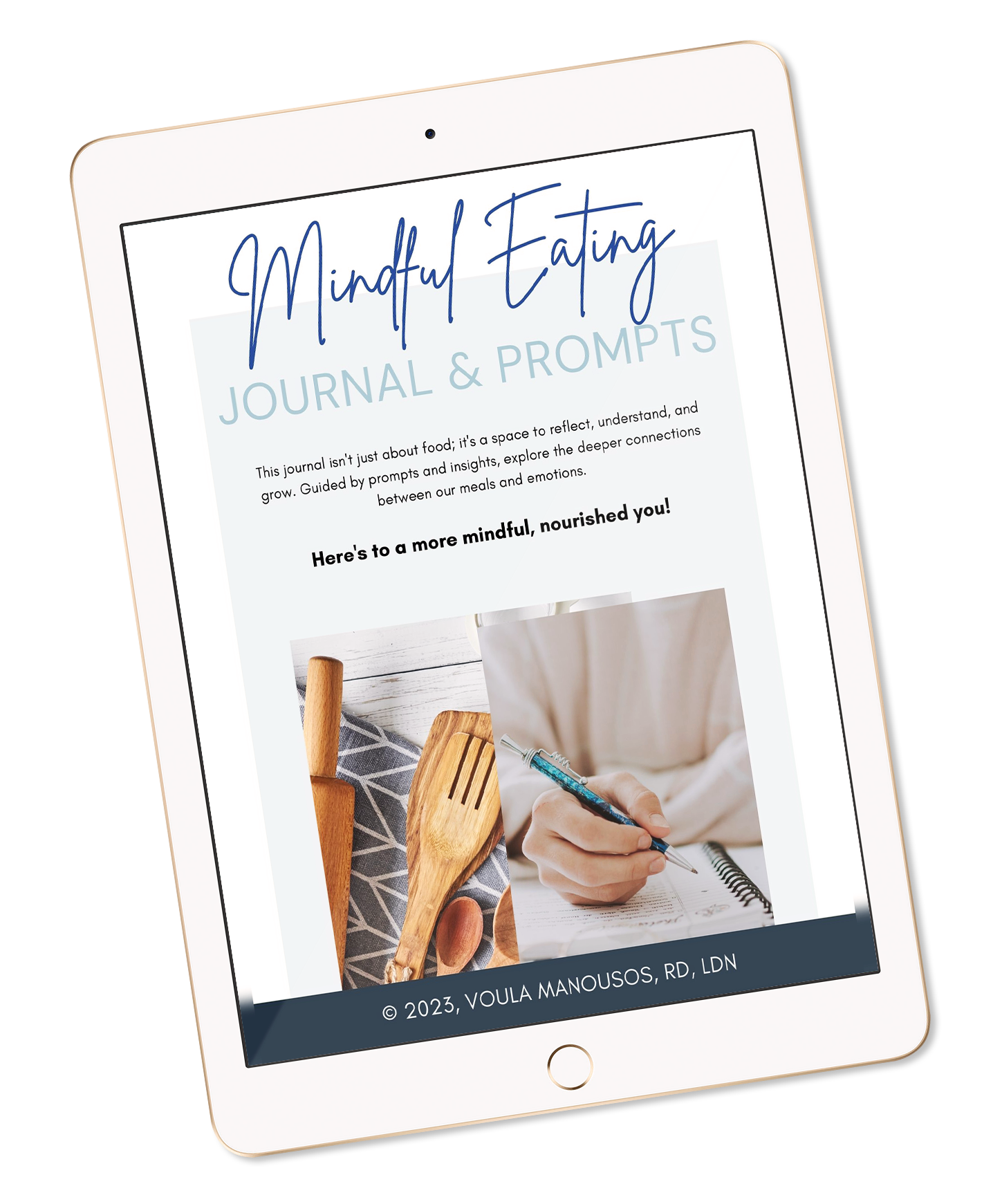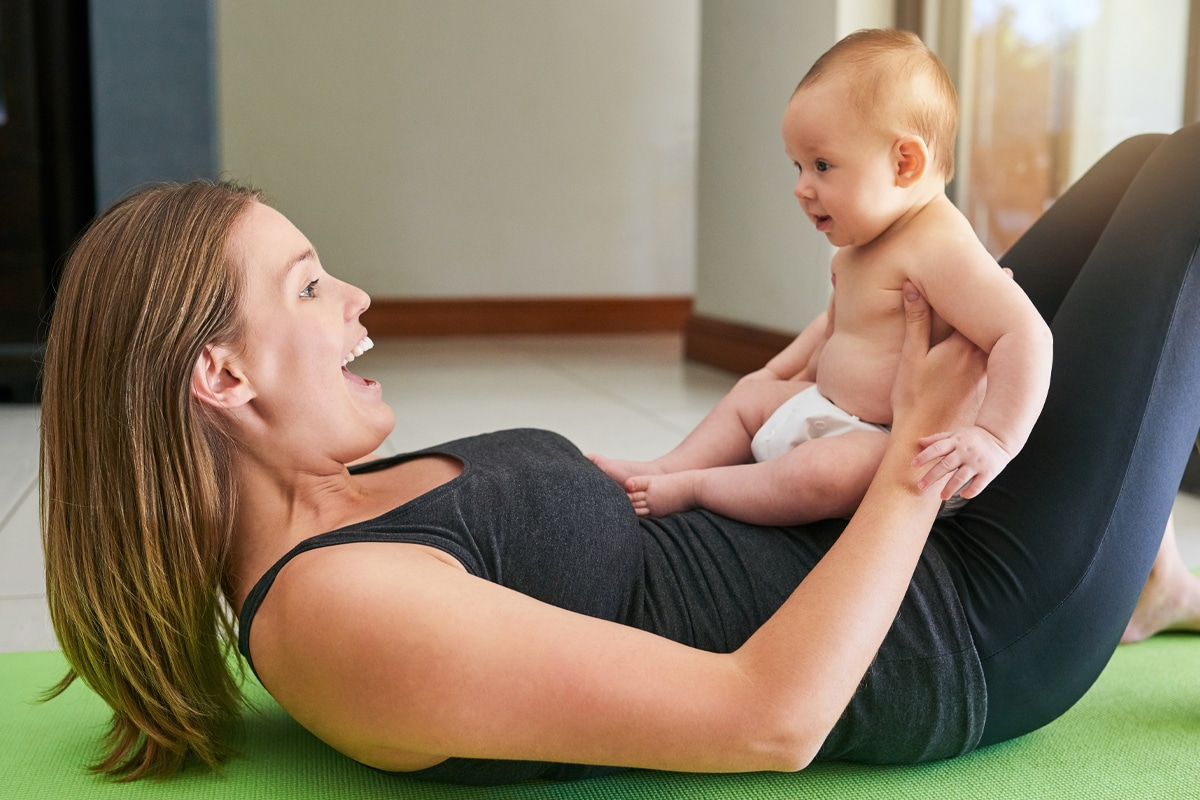
Weight loss after pregnancy isn’t linear, predictable, or one-size-fits-all. Your body just did something miraculous. You created a human.
Whether you had a smooth birth or a long recovery, you deserve rest, nourishment, and compassion instead of the unrealistic pressure for rapid weight loss pushed by social media and outdated fitness programs.
If you’re here looking for a “how to lose baby weight and get a flat tummy in six weeks” plan, let me stop you right there.
This is not a bounce-back guide.
Here’s the deal:
You don’t need to “get your body back” or “lose the baby weight.” Your body never left. That body fat your body held onto during pregnancy? It served a purpose.
“Baby weight” is natural and normal.
You don’t have to squeeze into your pre-pregnancy jeans.
You don’t need to shrink your waistline to prove you’re thriving as a mom.
Do you want to feel stronger, more energized, and like yourself again? Yes, that’s valid. And yes, there is a way to support weight loss after pregnancy that doesn’t involve deprivation, calorie-counting apps, or obsessing over every bite.
Fun fact: Women who breastfeed tend to return to their pre-pregnancy weight more quickly than those who formula feed, due to the energy demands of milk production. But even that isn’t a guarantee, and it’s certainly not a goalpost.

This post is for you if you’re tired of chasing the bounce-back culture and ready to feel good on your terms.
We’ll cover:
- How to understand postpartum weight changes
- Why breastfeeding affects body fat (and why it’s not a weight loss strategy)
- How to fuel your body without spending hours in the kitchen (while eating nourishing, healthy foods)
- Why your “daily routine” is key (even if it’s chaotic)
- How to move your body in ways that support healing and strength
Ready to stop Googling and start healing?
Book a complimentary call with me to get support that fits your life and your journey to lose pregnancy weight in a way that honors your body.
Postpartum Weight Loss: What It Is (And What It’s Not)
Postpartum weight loss is not a finish line, a deadline, or a way to prove you’re “back to normal.”
Newsflash: there’s no going back. There’s only forward. And forward looks different for every single mother.
After giving birth, you are in recovery mode. You’re healing, recalibrating, and adjusting to a brand-new identity, sometimes on two hours of sleep and with a baby attached to your breast.
Weight loss is not the priority. Supporting yourself and this new life is the priority right now.
So what is postpartum weight loss?
It’s:
- Highly individual and dependent on food intake, sleep, stress, and support
- Something that may or may not bring you back to your pre-pregnancy weight
- Not a measure of your worth, health, or capability as a mother
And it’s definitely not:
- A sign of discipline or “bouncing back”
- A race with your pre-baby self or anyone else
- Something you owe to your mirror, your scale, or your old wardrobe
Your Body Did Its Job. Now It Needs You to Let It Recover
In the weeks and months following birth, your body is doing a massive amount of behind-the-scenes work: your uterus is shrinking, hormone levels are shifting, organs are settling back into place, and if you’re breastfeeding, you’re producing breast milk which demands serious energy and important nutrients.
This is not the time to go into weight loss mode.
Nor is it time to restrict your food intake or launch into a rapid weight loss plan.
If you’re feeling frustrated that your clothes don’t fit the same or the scale hasn’t budged, take a breath.
Postpartum weight loss isn’t a failure if it’s slow or if it hasn’t even started yet. It’s a process, and one that requires patience and a healthy diet instead of pressure.
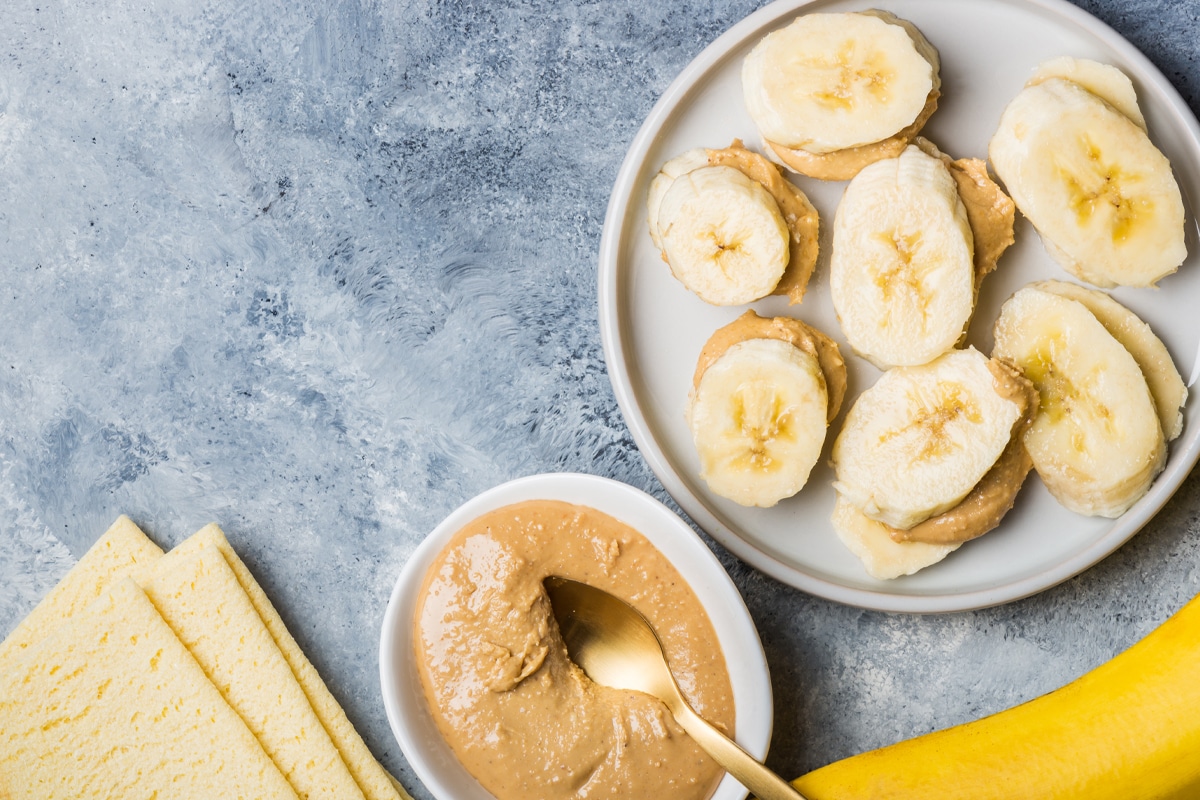
Why You Shouldn’t Focus on Losing Weight While Breastfeeding
Here’s something not enough people talk about: Exclusively breastfeeding women need more calories than they did in their third trimester of pregnancy.
If you’re exclusively breastfeeding, you are using up to 400 additional calories per day to make milk. That’s a full extra meal. Your body’s working overtime to nourish your baby while recovering from childbirth.
This is not the time to cut calories, skip meals, or start a diet.
Trying to lose weight while breastfeeding can backfire in more ways than one:
- It can reduce your breast milk supply.
- It can leave you feeling exhausted, moody, or dizzy.
- It can interfere with your body’s natural healing process.
You need more nourishment, not less. You need a healthy diet that supports healing, energy, and lactation.
Hormones Are Calling the Shots
Prolactin, the hormone responsible for breast milk production, also affects your appetite and fat storage. Many breastfeeding women find themselves ravenous, especially at night. That’s your hormones sending clear signals: feed me so I can feed the baby.
While some women do lose weight while breastfeeding, others hold onto body fat stores as a built-in backup to protect milk production.
Neither response is wrong or broken. It’s individual.
Your body is not trying to sabotage your weight loss. It’s trying to sustain life.
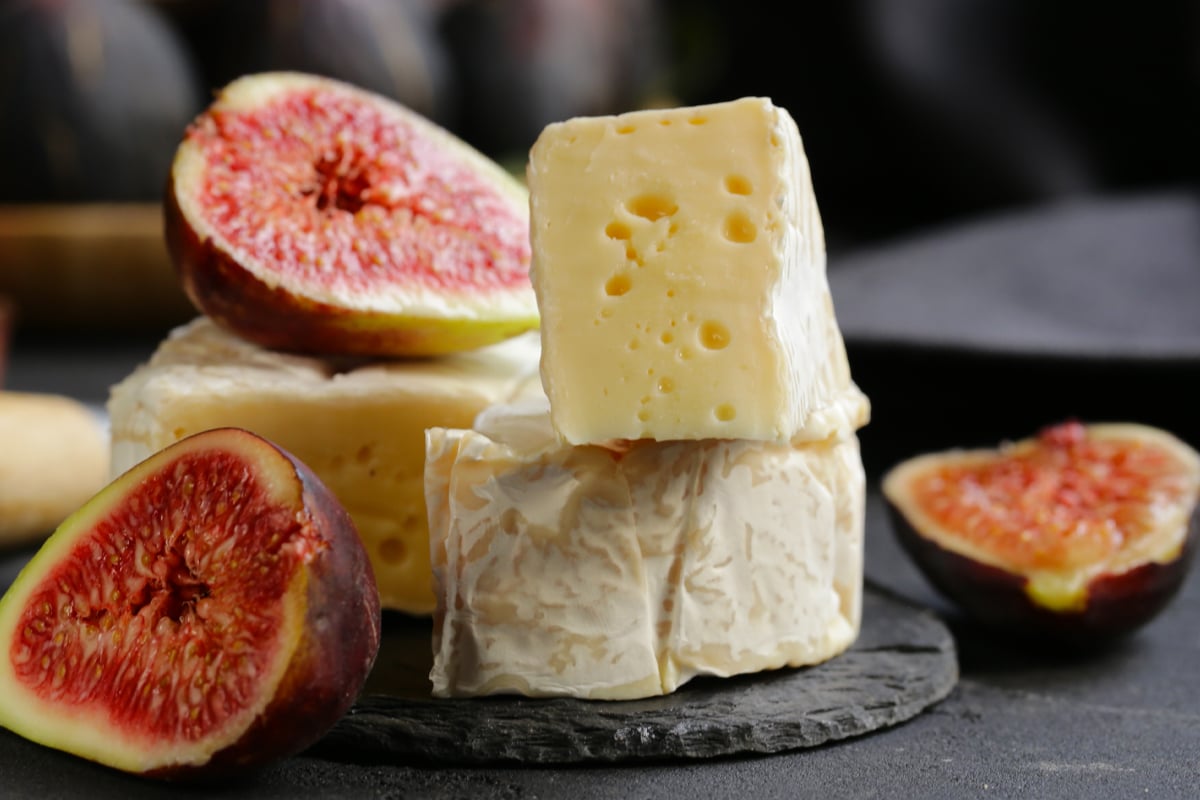
The Nourishment You Provide Includes You
If your goal is to feel better in your body, start by feeding it.
Instead of asking, “How can I lose weight while breastfeeding?” consider asking yourself:
- Am I eating enough to support my breast milk supply and my energy?
- Am I giving my body the credit it deserves for doing this hard, beautiful work?
- Am I honoring the demands of gestational weight gain and postpartum recovery?
- Am I willing to let weight loss take a backseat to recovery for now?
The best foundation for long-term, sustainable weight loss after pregnancy is a well-fed, well-cared-for body.
What Healthy Weight Means After Pregnancy
Let’s be honest, “healthy weight” is one of those phrases that gets tossed around a lot, but rarely defined in a way that serves new moms.
So here’s my take: I don’t love the term “healthy weight,” because it often gets misused as code for “thin.” And that’s not what we’re doing here.
Instead, let’s reframe.
As a registered dietitian specializing in postpartum care, I can tell you that weight loss after pregnancy is not about what a BMI chart or a fitness tracker says. It’s about how you feel. It’s about function, energy, and resilience, not a number on the scale.

What Does a Healthy Weight After Pregnancy Look Like?
- Having the energy to get through the day (even with broken sleep)
- Stable moods and manageable stress
- Hormones that are beginning to re-regulate
- A nourishing diet that fuels recovery, strength, and milk production (if you’re breastfeeding)
- A body that feels strong and supported instead of deprived or punished
It looks different for every single person.
Your postpartum weight might not look like your pre-pregnancy weight, and that’s not a failure. That’s a sign that your body is adapting to its new normal. In fact, some weight gain postpartum can be protective, especially during the early months of breastfeeding.
If you had gestational weight gain (which a lot of people do), your body might hold onto some of that weight longer.
Your new “healthy weight” might be 10, 15, or 30 pounds above your pre-pregnancy number and that might be exactly where your body needs to be right now.
Too many women feel pressure to lose weight quickly after birth.
Rushing into a restrictive plan can increase stress, worsen fatigue, and even contribute to issues like high blood pressure, all of which interfere with recovery and long-term well-being.
Instead of obsessing over weight loss efforts, ask yourself:
- Do I feel nourished and energized by what I’m eating?
- Am I getting movement that restores rather than depletes me?
- Am I feeling stronger and more supported as the weeks go on?
You are not broken. You are not behind. You are healing and that deserves respect, not restriction.
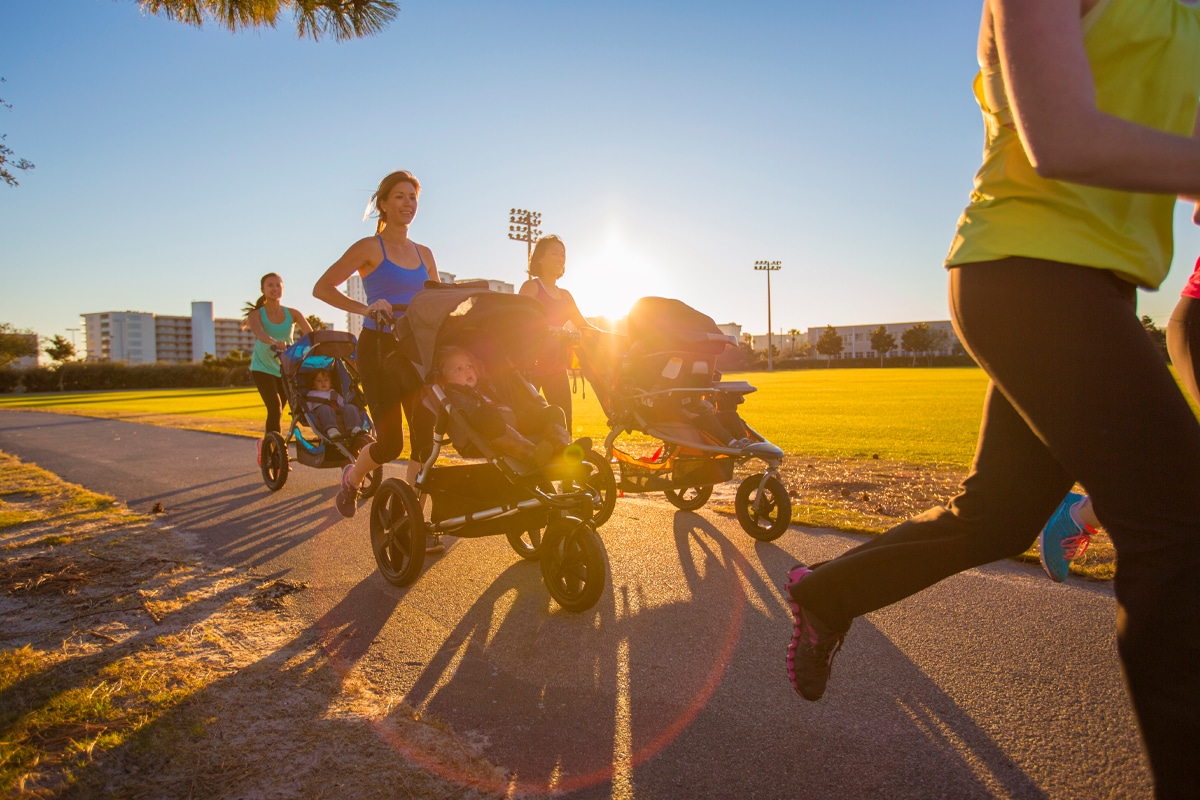
Why “Losing the Baby Weight” Shouldn’t Be the Goal
Somehow ‘baby weight’ became a problem to fix instead of a natural part of postpartum recovery.
Let’s change that.
The idea that you need to lose weight immediately after giving birth isn’t coming from you, it’s coming from a culture that worships pre-pregnancy weight more than postpartum healing.
It’s a mindset that tells new moms they’re only successful if they erase the evidence that they were ever pregnant in the first place.
The Bounce-Back Lie
The bounce-back narrative sells a dangerous fantasy…
That your pre-baby body is the gold standard. That if you haven’t lost the baby weight by your six-week checkup, something’s wrong.
Let me be clear: There is no “back.” There is only forward.
And forward looks like:
- Repairing the body that has been through a lot in 9+ months
- Restoring nutrients, energy, and hormone balance
- Reconnecting with your new identity, not erasing your past one
It took nine months to create this version of yourself. Why are we expecting to undo it in two?
Many postpartum women carry extra weight gained during pregnancy for a period of time and that’s completely normal.
My goal is to help you release the pressure to lose weight fast or focus on your weight loss efforts before you are ready.
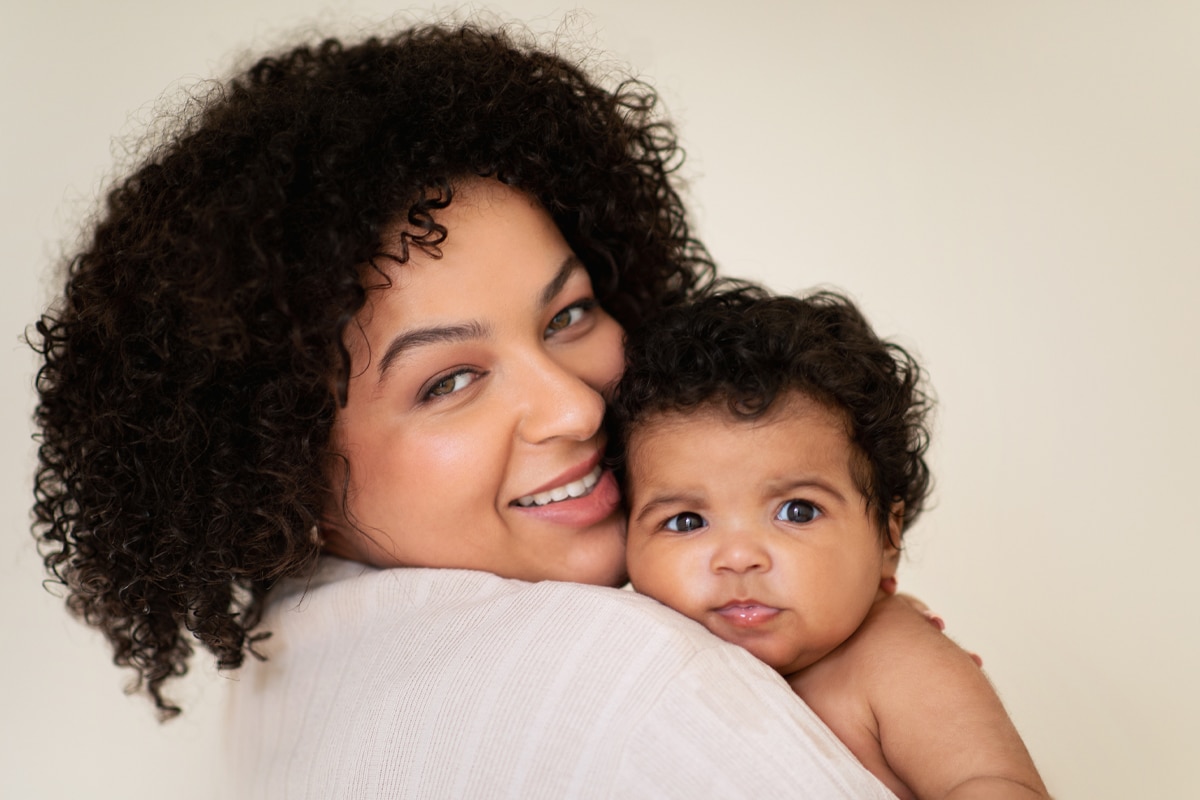
Replace the Bounce-Back With a Bounce-Forward
Instead of focusing on how to lose baby weight, what if you focused on:
- Regaining strength, stamina, and confidence
- Fueling your body so it can care for you and your baby
- Creating habits that work with your life, not against it
You’re not “getting back” to who you were.
You’re growing into who you’re becoming. And she deserves support.
What to Focus On Instead of the Scale
If we’re not measuring success by weight loss, what do we focus on? Great question.
Here are five markers of progress that have nothing to do with your pant size:
1. Energy That Lasts Beyond Your First Cup of Coffee
When you’re nourishing your body well, you’ll feel it. No more crashing by noon, no more irritability or dragging through the afternoon. You want steady, stable energy throughout the day.
2. Sleep That Feels Restorative (Even If It’s Short)
Postpartum sleep is often broken, but when you’re fueling yourself and moving gently, even shorter stretches of sleep start to feel more restorative. That’s a sign your nervous system is supported.
3. Strength in Small Moments
Can you carry your baby and the laundry without feeling winded? Can you squat to pick up a toy and stand up without bracing on the coffee table? That matters way more than the scale.
4. Improved Digestion and Mood
Yes, what you eat affects how you feel mentally and physically. A balanced, healthy diet supports gut health, mood regulation, and hormone balance. If your digestion is smoother and your mood is steadier, you’re on the right track.
5. A Sense of Ownership Over Your Health
The most powerful sign of progress? Feeling like you are in charge of your body again. Not the diet. Not the scale. You. When you feel empowered in your choices, your weight loss efforts will become sustainable and more effective.

Daily Routine: How Structure Helps (Even When Life Feels Like Chaos)
Let’s be real. Newborn life does not follow a schedule. One minute you’re heating up your coffee, the next you’re dealing with a diaper blowout, a nursing session, and a load of laundry that’s been in the washer for three days. (Just me?)
Those tiny, regular moments had a measurable impact on well-being.
So when I say “daily routine,” I’m not talking about a rigid color-coded planner or an Instagram-worthy morning ritual. I’m talking about anchors. Small, repeatable touchpoints in your day that help you feel more grounded and nourished, even when everything else is up in the air.
Why a (Flexible) Daily Routine Helps
Creating simple, adaptable rhythms can:
- Reduce decision fatigue (because you don’t need to think about what’s next)
- Support your blood sugar and energy levels
- Help regulate your sleep-wake cycle (yes, even in the chaos)
- Reinforce that your needs matter too
These are not big, overwhelming changes. These are tiny pivots that add up.
Start With These Anchors:
| Anchor | Why It Helps | What It Can Look Like |
| Morning fuel | Stabilizes blood sugar & boosts energy | A boiled egg + fruit, or whole-grain toast with tahini |
| Midday movement | Boosts circulation and mood through light aerobic exercise | 10-minute walk with the stroller or gentle stretching |
| Snack break | Prevents energy crashes and irritability | Cheese + crackers, trail mix, or yogurt with fresh fruit |
| Evening wind-down | Supports rest and nervous system regulation | Cup of chamomile tea, screen-free time, or deep breathing |
You don’t need to hit all of these every day. Think of your daily routine as a loose outline, not a rigid checklist. The goal is rhythm, not perfection.
The truth is, when you’re in the thick of postpartum life, even small routines can feel like a lifeline. They remind you that you exist, your needs matter, and taking care of yourself is not optional.
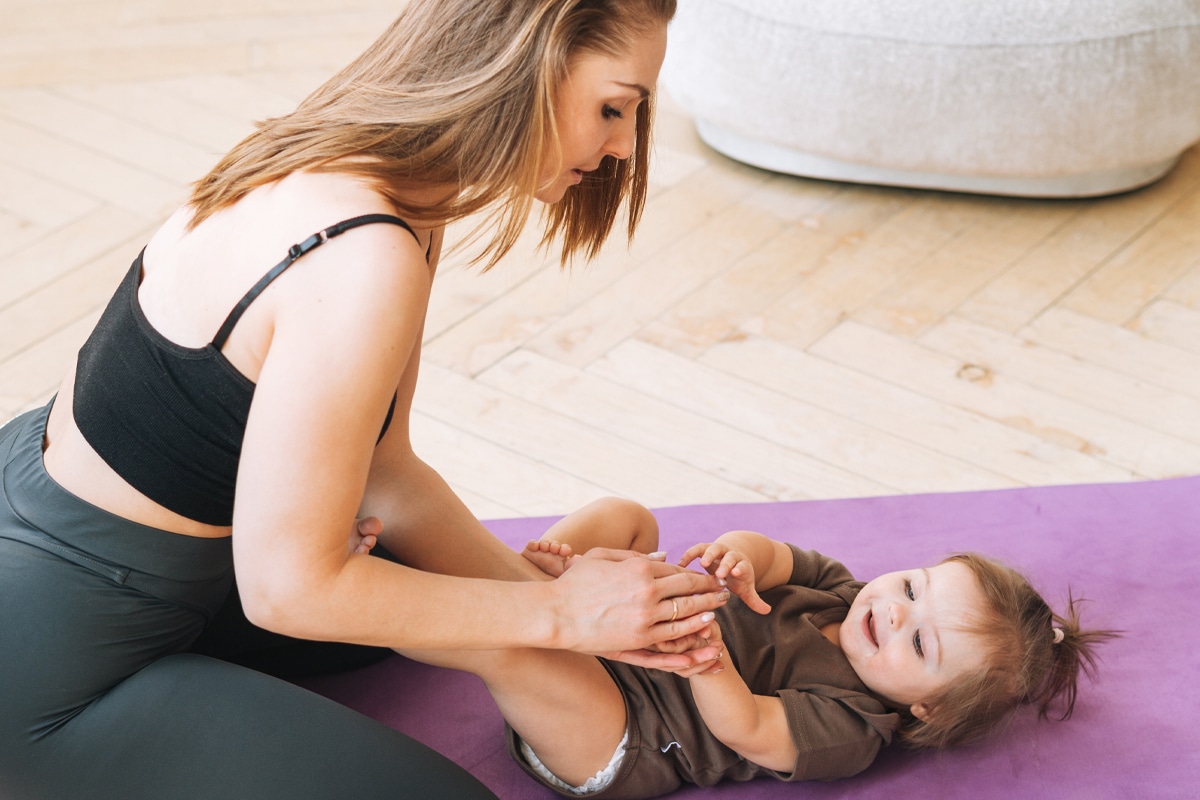
Postpartum Movement: Gentle Physical Activity That Supports Healing
In the postpartum period, physical activity is focused on healing. It’s about energy, mobility, and reclaiming strength in a way that feels nourishing, not punishing.
Whether you had a vaginal delivery or C-section, your muscles and tissues, including your pelvic floor muscles, have endured a lot.
Hormones, healing tissues, sleep deprivation… it all matters. Which means the right exercise plan focuses on supporting your recovery, and listening to what your body is telling you.
Not All Physical Activity Is Safe for Everyone Immediately
Depending on the type of delivery you had and whether there were complications, your postpartum activity window will look different than your neighbor’s. And that’s okay.
There’s no gold star for rushing back into workouts.
If you’ve had a baby and now find yourself crossing your legs every time you sneeze or laugh too hard, I want you to know that it’s not something you have to live with.
That’s where pelvic floor support comes in.
If you’re not sure where to begin, a pelvic floor physical therapist can be an incredible resource. They can help you assess core stability, pelvic alignment, and readiness for deeper movement.
I always recommend connecting with a trusted pro, and one of my go-to resources is Bre Meagher of Bre Marie Wellness. She’s not only a licensed physical therapist, but also a yoga instructor, which means she brings a beautifully integrative approach to her work.
Whether you’re currently pregnant, newly postpartum, or months (or years!) into motherhood, Bre helps women strengthen their pelvic floor, improve breath work, and regain confidence in how their bodies function, especially when it comes to things like sneezing without leaking.
She offers concierge in-home and virtual services, making her support accessible no matter how chaotic your schedule feels. I recently attended one of her talks on pelvic floor health, and I was so impressed with how she breaks things down in a way that’s approachable, empowering, and refreshingly judgment-free.
Voula’s Favorite First-Month Movement Ideas:
- Gentle stretching in the morning (even 5 minutes makes a difference)
- Short walks with the baby in the stroller (bonus: fresh air helps with mood)
- Breath work and core reconnection exercises. Think of this as pre-workout for future strength
- Basic yoga for gentle movement and grounding your nervous system
“After I had my second, those early stroller walks saved me. They weren’t terribly long, but they got me out of the house and reminded me I had a body beyond the rocking chair.”
As Baby Gets Older, Your Options Expand
- Jogging with a stroller (if you’ve got a jogger and clearance from your provider)
- Mom-and-baby yoga or gentle home workouts
- Pelvic floor-friendly strength training (resistance bands, bodyweight, and breath-led movement)
- Resistance-band exercises, bodyweight training, or aerobic exercise
What a Postpartum Exercise Plan Actually Looks Like
| Week Postpartum | Suggested Focus | Notes |
| 0–4 Weeks | Rest, healing, short walks, breath work | Prioritize sleep, proper nutrition, and bonding |
| 4–8 Weeks | Add light stretching, core connection, walking | Get assessed by a pelvic floor PT if possible |
| 8+ Weeks | Gentle strength, yoga, stroller jogs (as cleared) | Adjust based on energy, body signals, and goals for body weight |
Remember, your regular exercise plan should serve you and your recovery. If it energizes you, fantastic. If it drains you, it’s not the right time or the right movement.
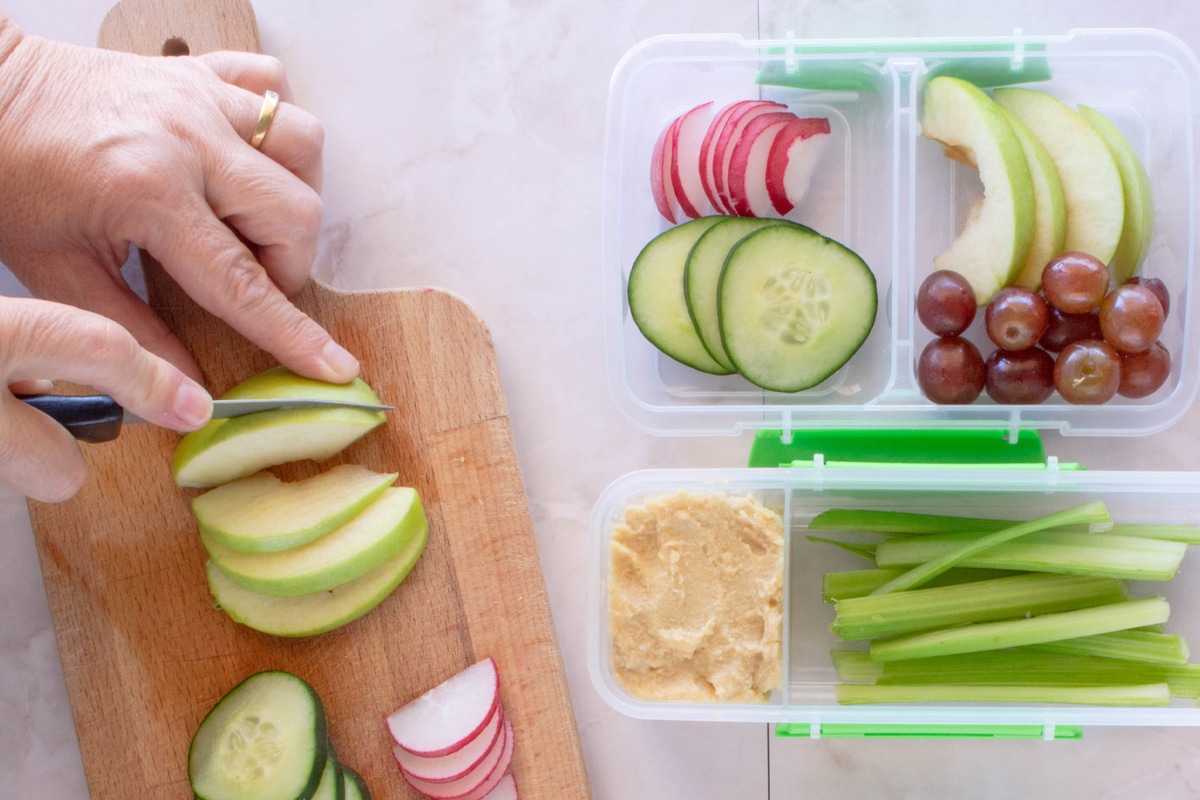
Quick & Nourishing Snack List for the Fourth Trimester
You created a whole human being. You should not be living off crusty granola bars and half-drunk iced coffee.
In the fourth trimester when sleep is scarce, hormones are doing their thing, and your hands are constantly full, eating well has to be easy. Not gourmet.
You don’t need to eat perfectly. You just need to eat and nourish your body.
You need fuel, especially for milk production if you’re breastfeeding. That’s why my go-to advice for new moms is to think in terms of nourishing snack boards rather than full-blown meals.
One of my favorite tips for postpartum clients?
Make yourself a “charcuterie board” style platter of healthy snacks: almonds, apple slices, almond butter, string cheese, hummus, whole grain crackers, dried figs, Greek yogurt.
Set it out on the counter or your kitchen island like a little care station. That way, every time you walk by or sit down to feed your new baby, you can grab a bite of something that’ll sustain you.
Here’s Why It Works:
- Protein keeps you full and supports tissue repair and gradual weight loss
- Fiber supports digestion and blood sugar balance
- Healthy fats keep your brain sharp and energy steady
- Convenience makes it happen
Nourishing Postpartum Snack Ideas (5-Minute Prep Max):
| Snack | Why It’s Great |
| Hummus + whole grain crackers | Fiber + protein combo that fills you up |
| Ricotta + fruit | Quick grab-and-go with protein + carbohydrates |
| Greek yogurt + berries + chia | Gut-friendly, creamy, and satisfying |
| Apple slices + almond butter | Crunchy, creamy, and blood sugar friendly |
| Mini cheese + dried figs | Salty-sweet combo with calcium and fiber |
| Trail mix | Shelf-stable and packed with fats, protein, and crunch |
| Cottage cheese + pineapple | High in protein and refreshing when you’re tired of toast |
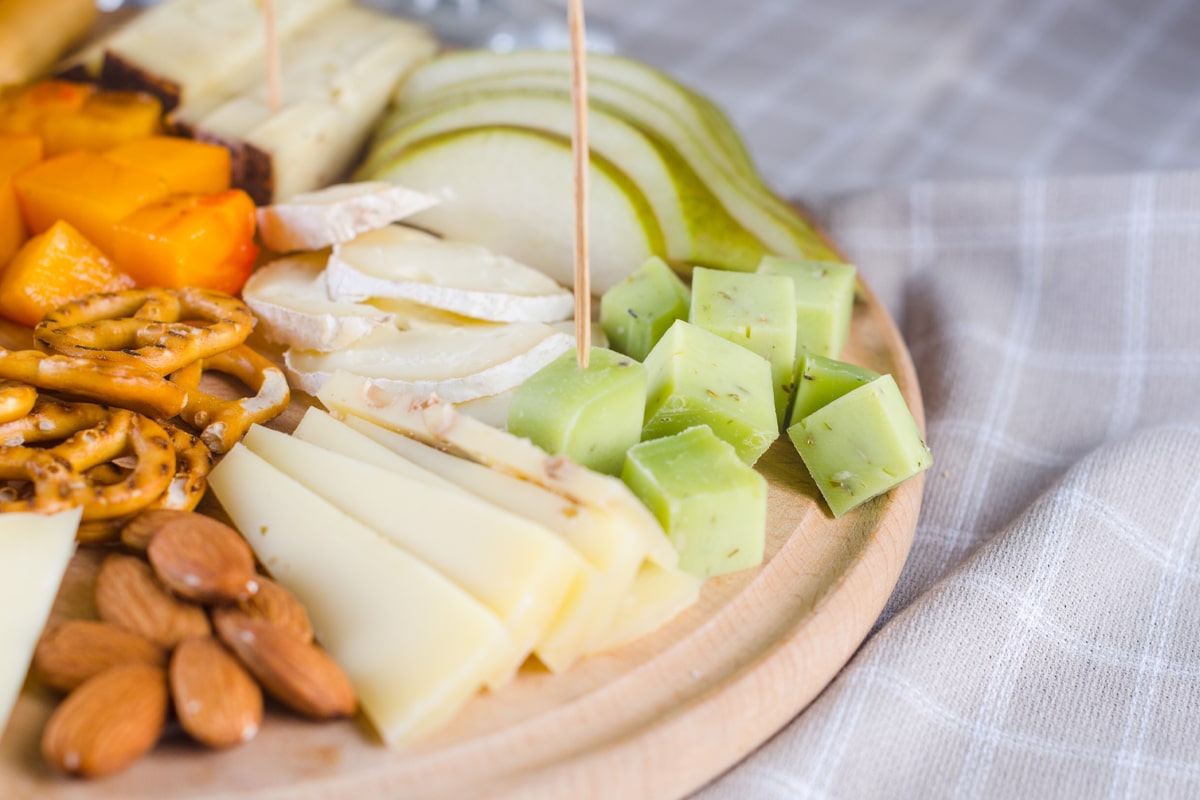
Let’s Talk About Highly Processed Foods
I’m not here to demonize food. But the truth is, highly processed foods (sugary granola bars, chips, and ultra-refined snacks) often lack the nutrients postpartum women need to recover, maintain body weight, and support milk production.
That doesn’t mean you can’t ever grab a bag of chips or have a cookie. It means we prioritize nutrient-dense, whole foods most of the time.
And if you are living on crackers and cheese right now? That’s okay too. We start where we are.
Food should never be another thing to get right. It should be the thing that helps you feel right again.
Highly Processed Foods: Easy Swaps That Support Healing
You’re not doing anything wrong if the snack closet is your current best friend but small upgrades can make a big impact on your energy, balance, and body weight in the long run.
Highly processed foods like packaged pastries, chips, and ultra-refined cereals tend to lack the fiber, protein, and healthy fats your postpartum body needs to keep your blood sugar stable, support brain function, and give you energy during this transitional time.
Smart Swaps for Processed Staples
| Highly Processed Option | Swap It For… | Why It’s Better |
| Sugary granola bars | Raw Rev Bar, Aloha bar, or a handful of nuts & fruit | Less sugar, more staying power |
| Flavored instant oatmeal | Overnight oats + frozen berries + almond butter+chia or flax seeds | Balanced, customizable, no crash |
| Soda or sweet tea | Sparkling water with lemon or mint | Hydration without the blood sugar spike |
| Packaged muffins | Oatmeal cups, mini frittatas, or banana + peanut butter | More fiber + protein, less sugar |
| Chips or pretzels | Air-popped popcorn with olive oil + sea salt | Whole grain + satisfying crunch |
| Processed “fruit” snack packs | Dried fruit + a handful of almonds or walnuts | Natural sugars + fat for balance |
| Sweetened yogurt | Plain Greek yogurt + a drizzle of honey + nuts | More protein, less added sugar |
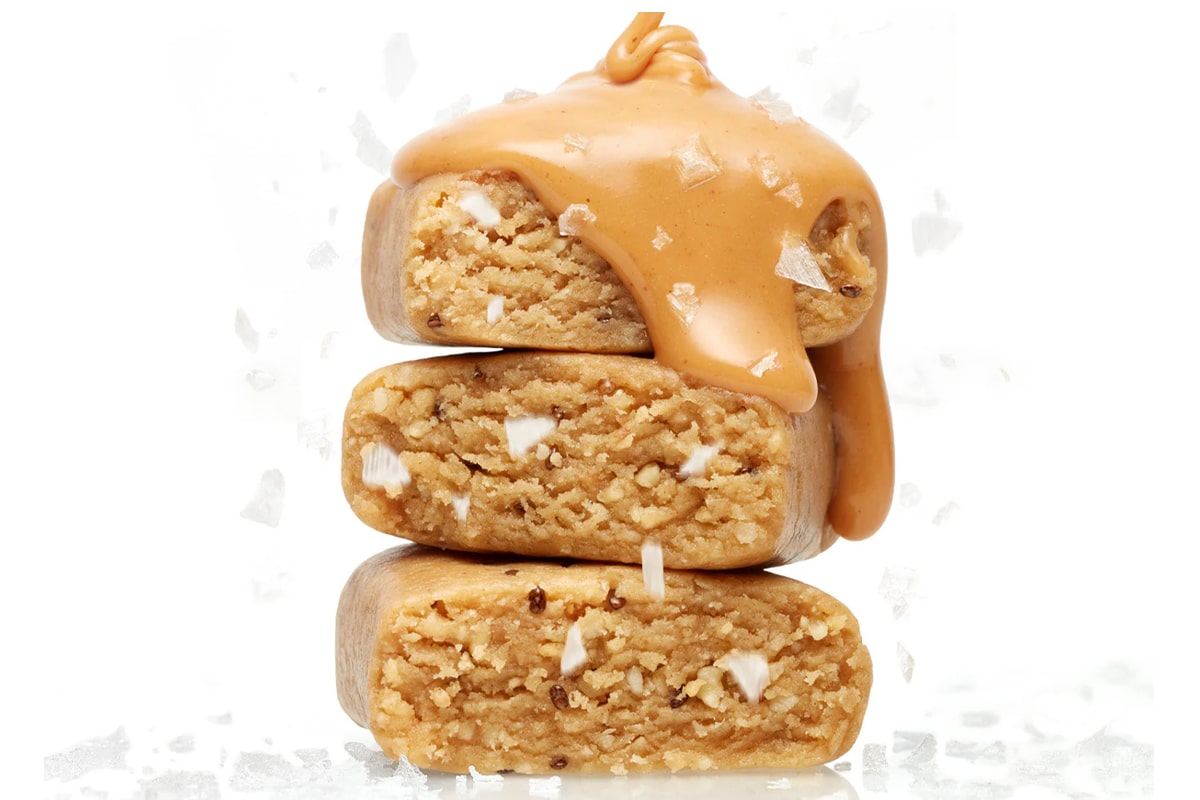
|
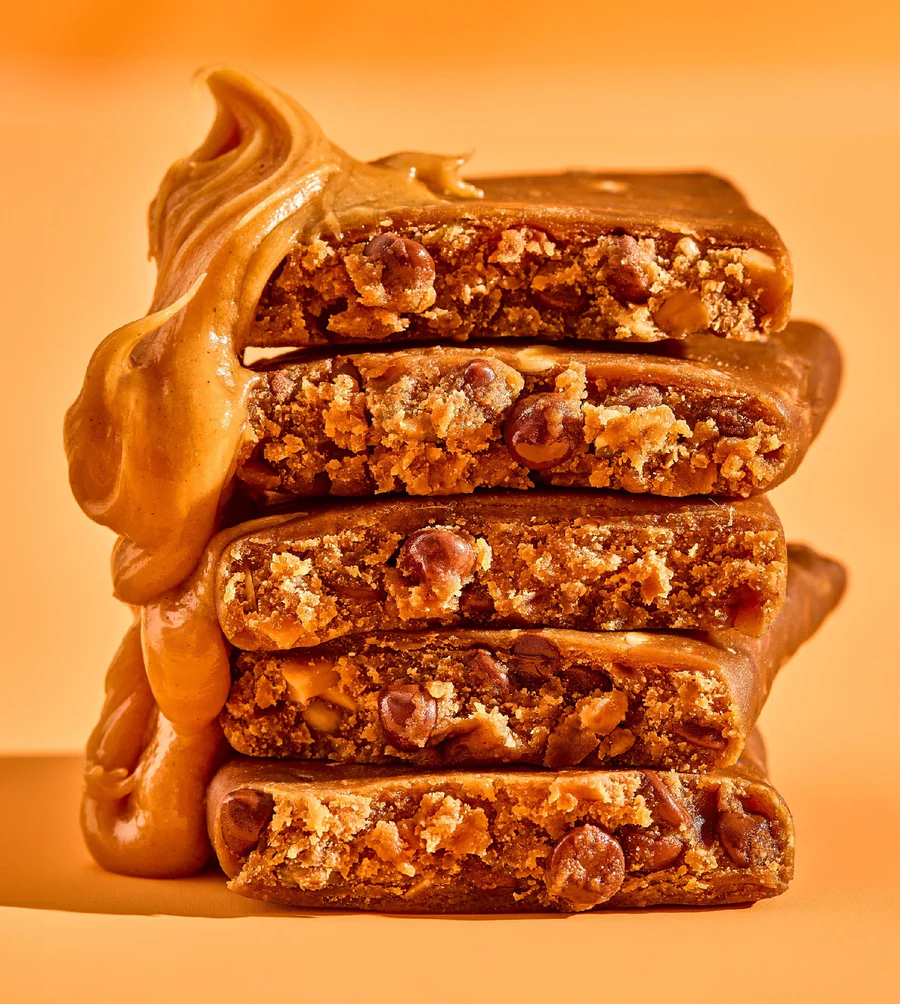 |
Disclosure: I’m an affiliate for Raw Rev and Aloha, which means I may earn a small commission if you purchase through my links at no extra cost to you. I only recommend products I genuinely use and trust with my clients.
This snack strategy helps with steady, gradual weight loss while honoring your recovery.
If some days still look like crackers and coffee? That’s not failure. That’s life. Just keep adding in the good stuff when and where you can.
Nutrition & Movement Guide for Breastfeeding
Whether you’re breastfeeding, pumping, or bottle-feeding, weight loss after pregnancy isn’t a one-size-fits-all journey.
Your body has unique needs depending on how you feed your baby.
Whether your goal is to lose weight, support milk production, or gently move through the extra weight gained during pregnancy, you need a plan that matches your reality, not someone else’s.
1. For Breastfeeding Women
If you’re breastfeeding, your body is burning extra calories to make milk so calorie restriction can backfire.
Postpartum weight retention is common and not a sign of failure. Rather than rushing to lose weight after pregnancy, focus on healthy eating, particularly emphasizing lean protein and healthy foods to support recovery and milk supply.
- Don’t skip meals. Eat balanced meals and snacks rather than restricting foods in this season of your life..
- Begin exercising with light exercise like stroller walks and slow strength routines. Once your body is ready, increasing physical activity can help with gradual weight loss.
2. Moms Who Combo Feed or Bottle-Feed
If you’re pumping and supplementing with formula feeding (combo feeding), your body still benefits from nutrient-dense meals that support recovery.
Postpartum weight retention may linger, especially if there was maternal obesity or significant gestational weight gain. Filling your plate with lean protein, fibrous vegetables, and whole grains helps you feel full, fuels physical activity, and promotes metabolic health.
3. Physical Activity Considerations
Across all feeding types, physical activity offers benefits for mood, strength, and wellness. Begin with gentle movement and increase gradually.
A postpartum fitness plan might start with light exercise like gentle stretches or walks around the block, then progress to brisk walks or yoga before introducing higher-impact physical activity.
4. Beyond “Baby Weight”
Whether your goal is to lose baby weight eventually or maintain postpartum wellness, remember:
- Focus on healthy foods and adequate protein first.
- Pair weight loss efforts with a healthy diet and consistent physical activity.
- Prioritize healing first, then build sustainable habits for the long term.

When You’re Ready: A Mindful Path to Sustainable Weight Loss
Let me be clear: there is no rush.
There’s no deadline to start “working on” yourself. You’ve been doing the work every single day by feeding a baby, healing from birth, navigating hormones, and maybe even trying to remember your own name before 10 a.m.
That is the work.
At some point, maybe you notice your jeans fit differently and not in the ugh, nothing fits kind of way, but in the hey, I feel a little more like myself kind of way.
Or maybe your body starts asking for more movement. A walk. A stretch. A chance to breathe without a burp cloth on your shoulder.
That’s the moment to pay attention to.
Because if you’re here thinking, “Okay, I think I’m ready to focus on weight again but I don’t want to do it like I did before,” then you’re in the right place.
Here’s What Mindful Weight Loss Actually Looks Like
There’s no restriction, rules, or chasing your pre-baby jeans like they’re some kind of prize.
It’s:
- Eating enough to fuel your day and support gradual changes
- Movement because it feels good, not because you “have to”
- Being honest about what’s working, and gentle when things don’t
- Focusing on progress, not perfection
- Making peace with the fact that postpartum weight loss isn’t always linear but it can be sustainable
This is what I walk my clients through every single day. Not a one-size-fits-all plan, but a conversation. A strategy. A series of small shifts that build trust between you and your body again.
Want a personalized plan that respects your recovery and your goals?
Let’s chat. We’ll build something together that fits your lifestyle and the person you are becoming.
Wrap-Up: Rest, Refuel, Repeat

You brought life into the world. You are learning a new rhythm every single day. You are keeping another human alive while trying to remember what day it is and when you last drank water.
That is success.
The number on the scale is one data point. And it doesn’t know how kind you’ve been to yourself. It doesn’t see how many times you’ve gotten back up, made a snack, rocked a baby, or breathed through a hard moment.
So instead of chasing a smaller body, choose what nourishes you:
- Real food
- Actual rest (even if it’s in 20-minute chunks)
- Connection to yourself, your body, your growing family, your support network
Your body isn’t a project to fix. You just did the most incredible thing. And it deserves support.
If you want a plan that fits your life, your baby, and your body, let’s build it together.
Get in touch to book a complimentary consultation with me.
Let’s make this next season one where you feel nourished, seen, and strong.



